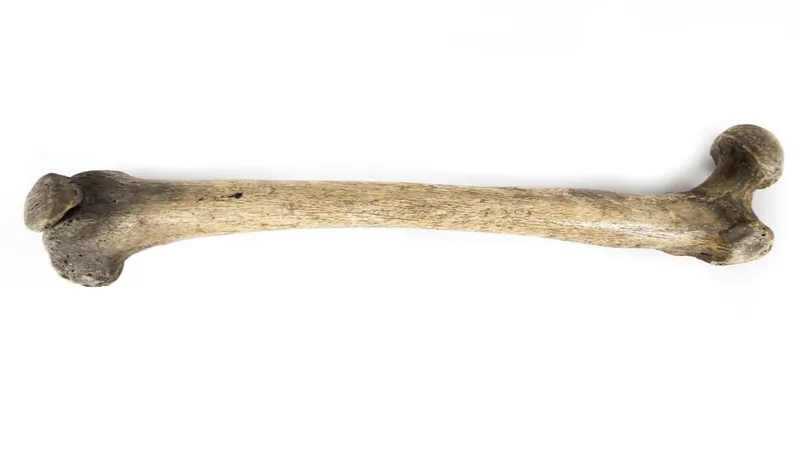Bone
Bone tissue serves as the primary structural component of our bodies. It protects our delicate inner organs, plays a key role in whole body calcium, phosphorus, and acid-base homeostasis, and allows movement to occur by giving our muscles attachment points. Additionally, the bone marrow housed in long bones continuously supplies our bodies with blood cells.
Bone is a tissue that is remarkably capable of healing itself. When we break bones as kids, they often heal on their own accord after a handful of weeks. If we’re unlucky, we may need a cast or some metal implants to stabilize the area while the healing process kicks in, but, in the end, we typically heal like new. Even as adults, our bone tissue is constantly being turned over and remodeled. By some estimates, our whole skeletons are replaced every 10 years.
The self-renewal capacity of bone decreases as we age. Bone density starts declining at about age 35, and this trend, for many of us, leads to osteoporosis. Osteoporotic bones fracture much more easily and experience many more complications during the healing process. A shattered hip can ruin a summer for a 12-year-old, but it can end a life for someone over 80.
Additionally, while osteoporosis and fractures are the most commonly seen in the clinic, there are many other bone diseases, such as Paget’s disease and avascular necrosis. Bone defects can also be too large to heal on their own even in otherwise healthy people. These defects can happen in particularly traumatic injuries, but bone grafts are also frequently needed in spinal fusion, tumor removal, and joint replacement surgeries.


